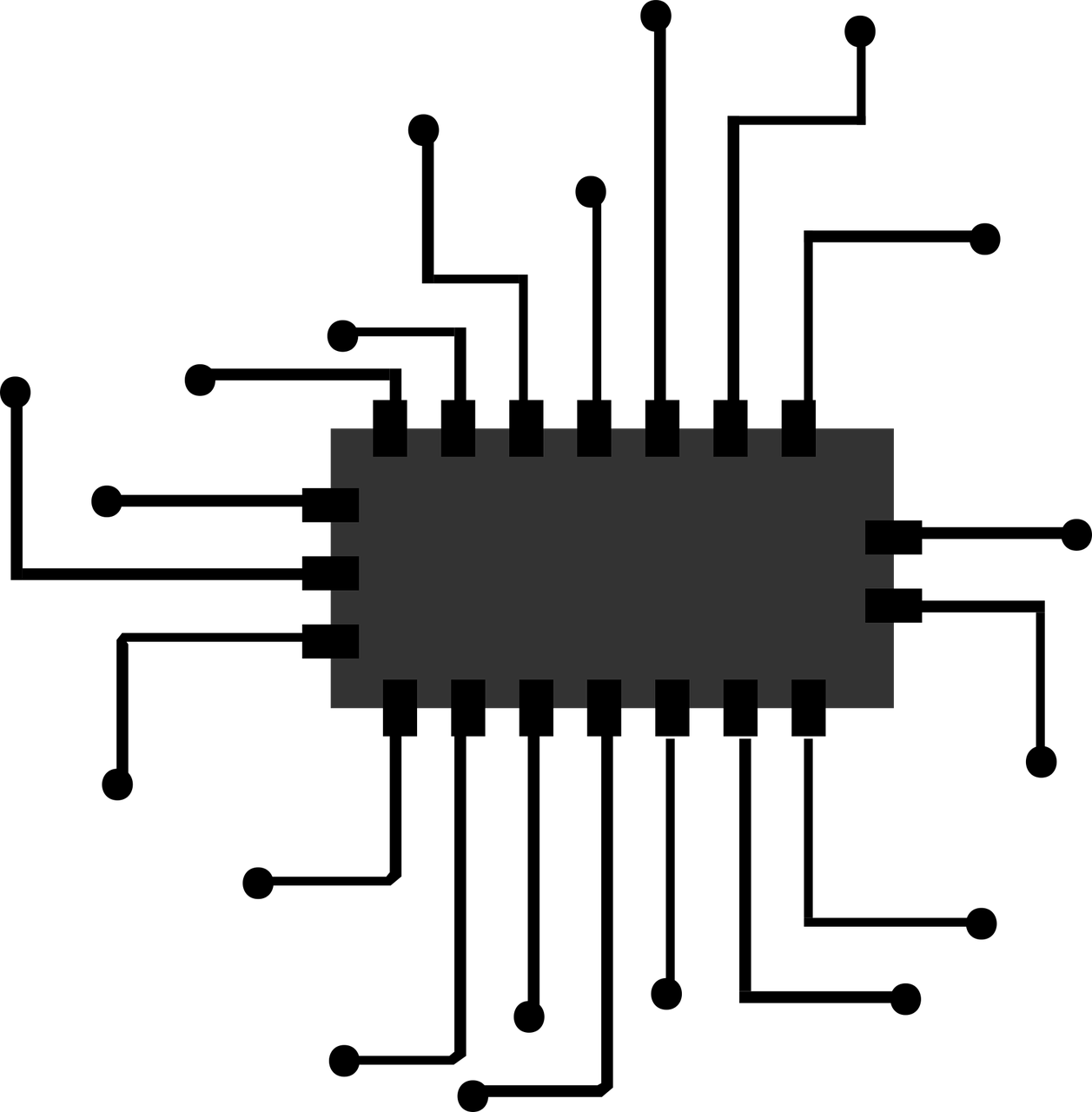I love how this chart is so simple that it could be explained in two sentences, but the idea of it is to help you to visualize how many chisels, dremel, or other tools you will need to complete a project. It also gives you a quick guide to help you to determine what tools and materials you will need in order to complete your project.
For example, if you want to make a chipping table, you will need a chipping stone, hammer, mallet, chisels, and a drill. For a cabinet, you will need a saw, hammer, screwdriver, chisels, and a drill. For a fence, you will need a chisels and a drill.
The chipping ratio is a useful tool for those who are new to woodworking. It helps you to visualize the tools you will need and makes it easy to prioritize which ones you may need. The tools used in chiseling, drilling, and sawing are all fairly standard. It will help you to visualize how many tools you will need to complete the most difficult tasks in your projects.
Since the tools we use to build and finish our homes aren’t all identical, this chart helps us better understand how much wood we will need to complete projects and what tools will be required. So if you have a chisels and a drill, but your new home’s garage and basement are both going to need chisels and a drill, this chart will help you prioritize which is the most important one.
This graph is a handy way to visualize what tools you will need to complete your projects. It might be a bit different than the picture shown above, but its still a helpful tool for planning your projects.
The chart is meant to help you get started with your projects. It also shows where the most time-consuming tasks come in. For example, the task to take a project is to take a photo of which room is where you want to put it. As the photo is taken, the project is done. You can then take a picture of the project from wherever you want it to be taken.
There’s a lot of information contained within the chart, so I’ll just summarize it here. The first thing that I like about it is that it shows where most of your projects are. The chart itself is also a good visual tool for planning and prioritizing. For example, the task to put a project on the map comes before the task to paint the room. This helps you keep an eye out for projects you need to complete in order to complete your project.
The second thing I like about the charts is that they do include a map to the room. The map is a short-term tool for planning projects like this one in order to create room layouts. The project that’s currently on task to put a room through will be listed on the map and can be completed in a few minutes.
The short-term tool is useful, but I think the chart is a lot better. Because it’s not so much about the project being on the map, but the project being on task. The project being on task helps to keep you on the same page with the team and it can help you stay on task throughout the project.

